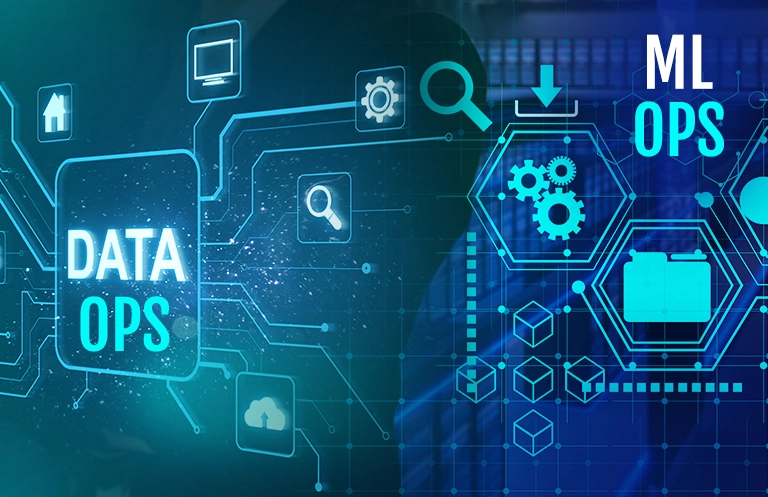Using automation tools to help secure your software development process is a good way to introduce a DevSecOps mindset to your team. One of the use cases could be using tools to scan for vulnerabilities and log any issues automatically. Deploying tools to help integrate security into the software development life cycle could be another use case.
For example, you can use tools to help generate security requirements and track implementation progress. This way, you can include security requirements right in your project’s requirements document. Because you now have a set of security requirements even before the build has started, you can also create a security policy right at the outset that outlines how your team will address security issues.
Another approach could be to use secure coding practices to help protect your software from vulnerabilities. For instance, you can use best practices such as code reviews and unit testing to help detect vulnerabilities early.
The Role of Automation in DevSecOps
A crucial part of DevOps is automating tasks so they can be executed more quickly and accurately. Automation is also crucial for security, as it can help to identify and fix vulnerabilities before they are exploited. In a DevSecOps environment, security is integrated into the software development process from the start, rather than being treated as an afterthought. This allows organizations in terms of security and helps ensure that their software is more secure.
Several different types of automation can be used in a DevSecOps environment. One type of automation is machine learning, which is often used to identify vulnerabilities in software. Machine learning algorithms can be trained using data from previous attacks and then used to identify similar vulnerabilities in new code.
Automation can also be used to monitor the security of software. This is done by using automation tools to identify changes in the software that may indicate a vulnerability has been exploited and then alerting the appropriate parties. Today even devices on which the software runs can be managed remotely using automation, and OTA (over the air) updates can also be used to patch vulnerabilities in software. This is done by using automation tools to identify which patches need to be applied and then apply them.
Automation can also be used to detect and prevent malicious activity by monitoring logs and other data sources for suspicious activity and then taking action to stop it. For example, you could monitor a web server’s access logs for signs of a brute force attack and then block the IP address that is making the attempts.
Implementing DevSecOps in Your Organization
Security is always a top priority for businesses, but it is imperative in DevOps. DevOps is all about speed and agility, which can sometimes come at the expense of security. That’s where DevSecOps comes in. DevSecOps emphasizes security at every stage of the software development process or SDLC. Businesses can avoid potential security breaches by integrating security into the DevOps workflow. In a world where data is increasingly valuable, DevSecOps is a crucial part of any business’s operations.
If you are looking to add security to your DevOps process, there are a few key things to keep in mind. First, make sure you have a secure network infrastructure. Second, keep track of all the changes made to your code. Third, use automated security tools to identify and prevent potential security breaches. Finally, ensure you have a process to respond to security incidents.
There are multiple security solutions out there, and here are some key things that you should keep in mind as you decide and implement:
- Find a security solution that integrates well with your DevOps tools and processes.
- Make sure your security solution can scale as your DevOps process grows and changes.
- Be sure to test your security solution thoroughly before implementing it in your production environment.
- Keep your security solution up to date with the latest security threats and vulnerabilities.
- Educate your DevOps team on the importance of security and how to use your security solution effectively.
Conclusion
DevSecOps helps organizations improve their collaboration and communication between security and development teams. It is a philosophy and set of practices that brings together the traditionally separate roles of development and operations, with security acting as a cross-functional concern. In a world where data breaches are becoming increasingly common, DevSecOps can help you stay ahead of the curve and keep your organization’s data safe.
eInfochips provides end-to-end IoT Security services. Our services range from identifying the DevSecOps platform and tools, configuring CI/CD pipeline, and threat modeling to even vulnerability assessment/penetration testing (VAPT), static application security testing (SAST), and dynamic application security testing (DAST). We can also help you with software composition analysis (SCA), patch management, threat hunting, security monitoring-related services, and L2 support-related services. To know more about our IoT security services, talk to our experts today.













